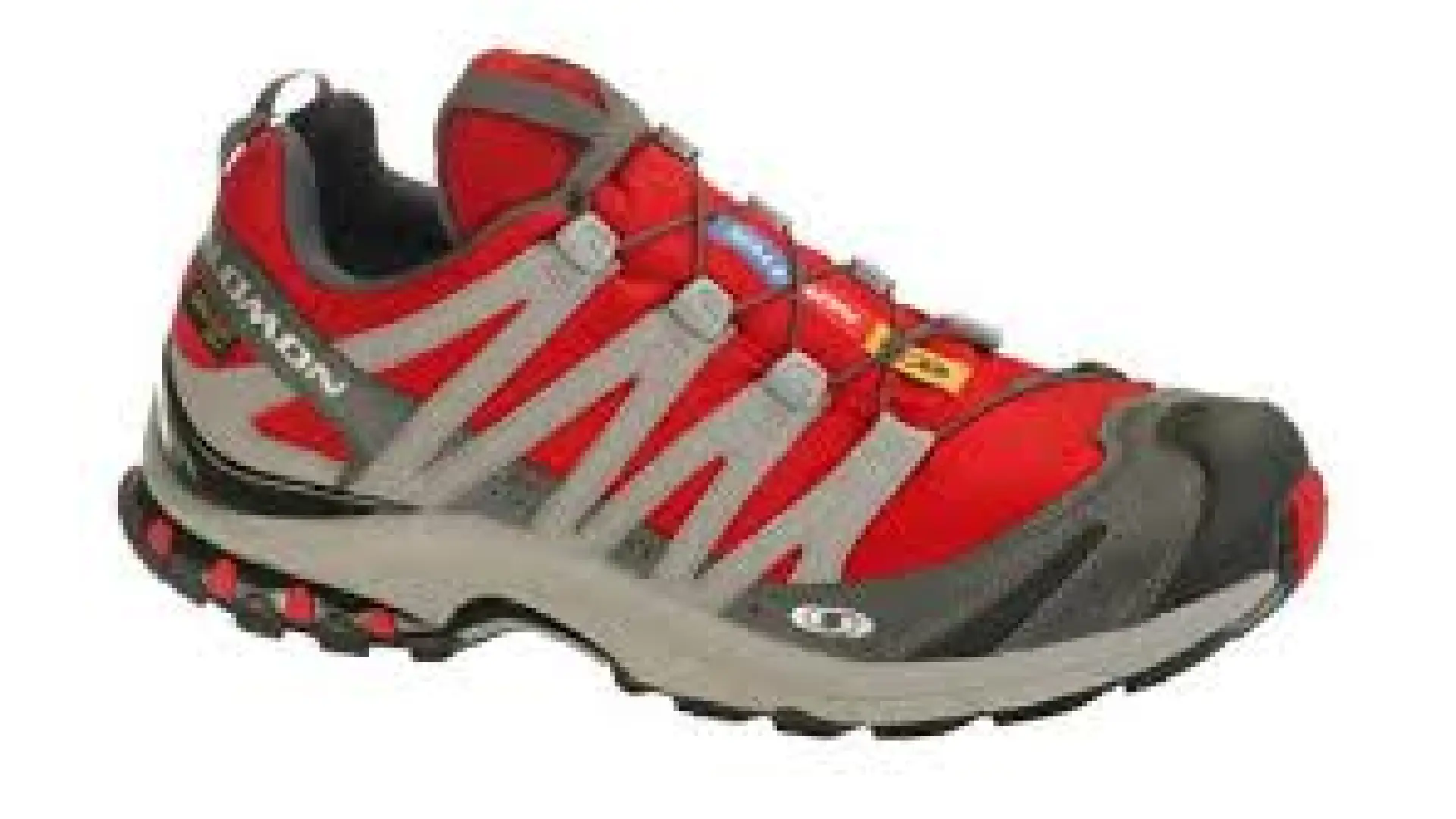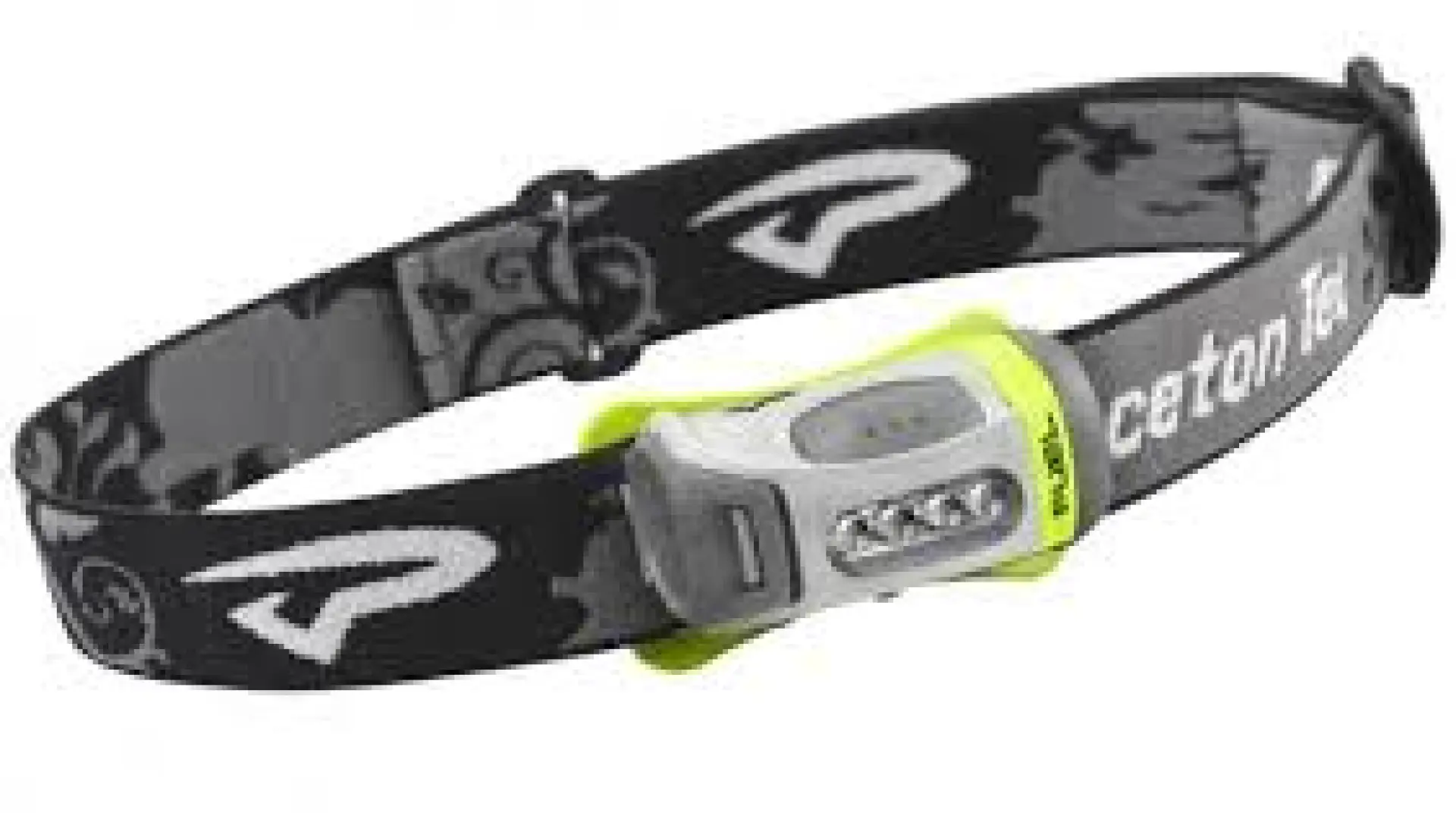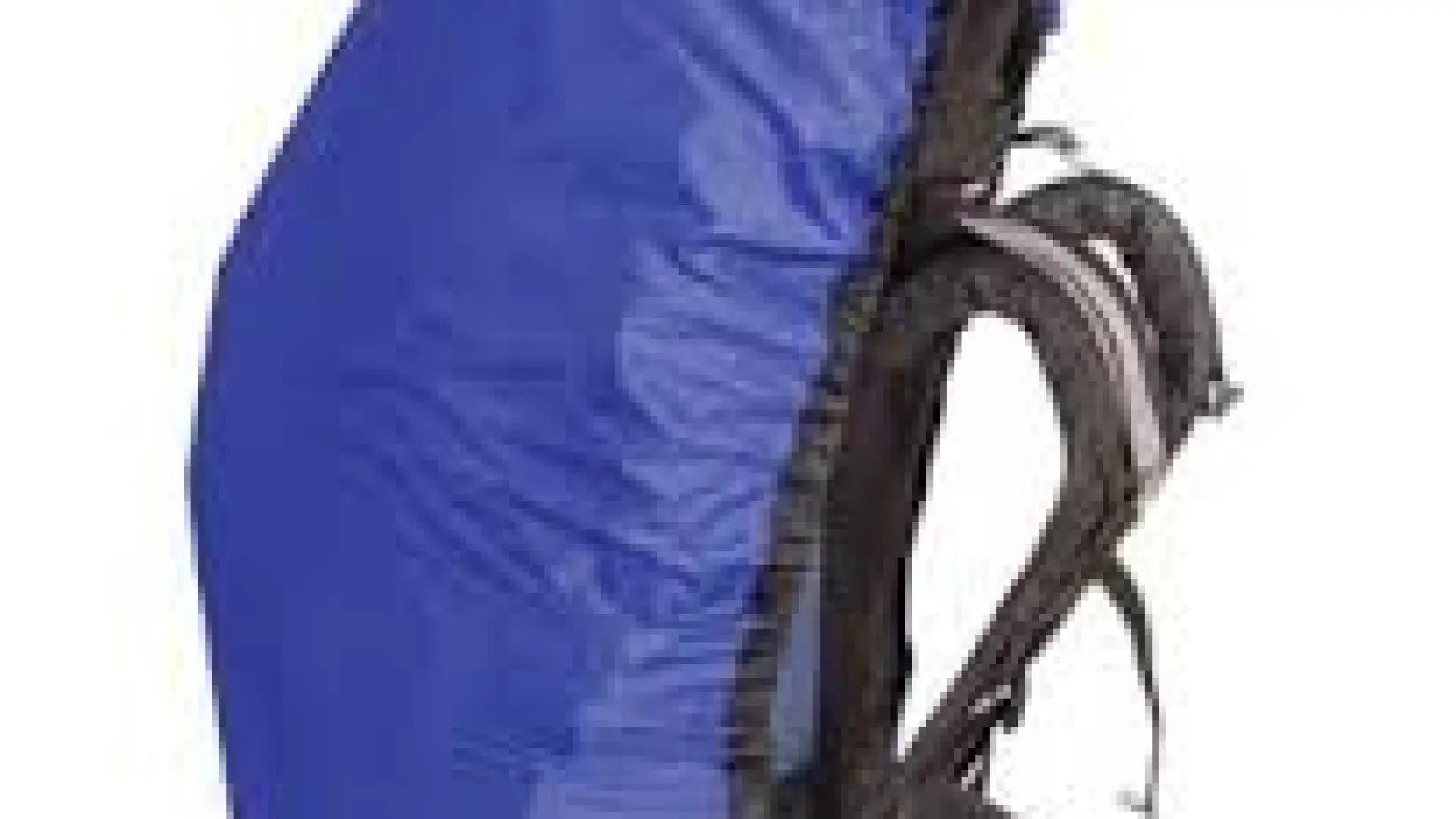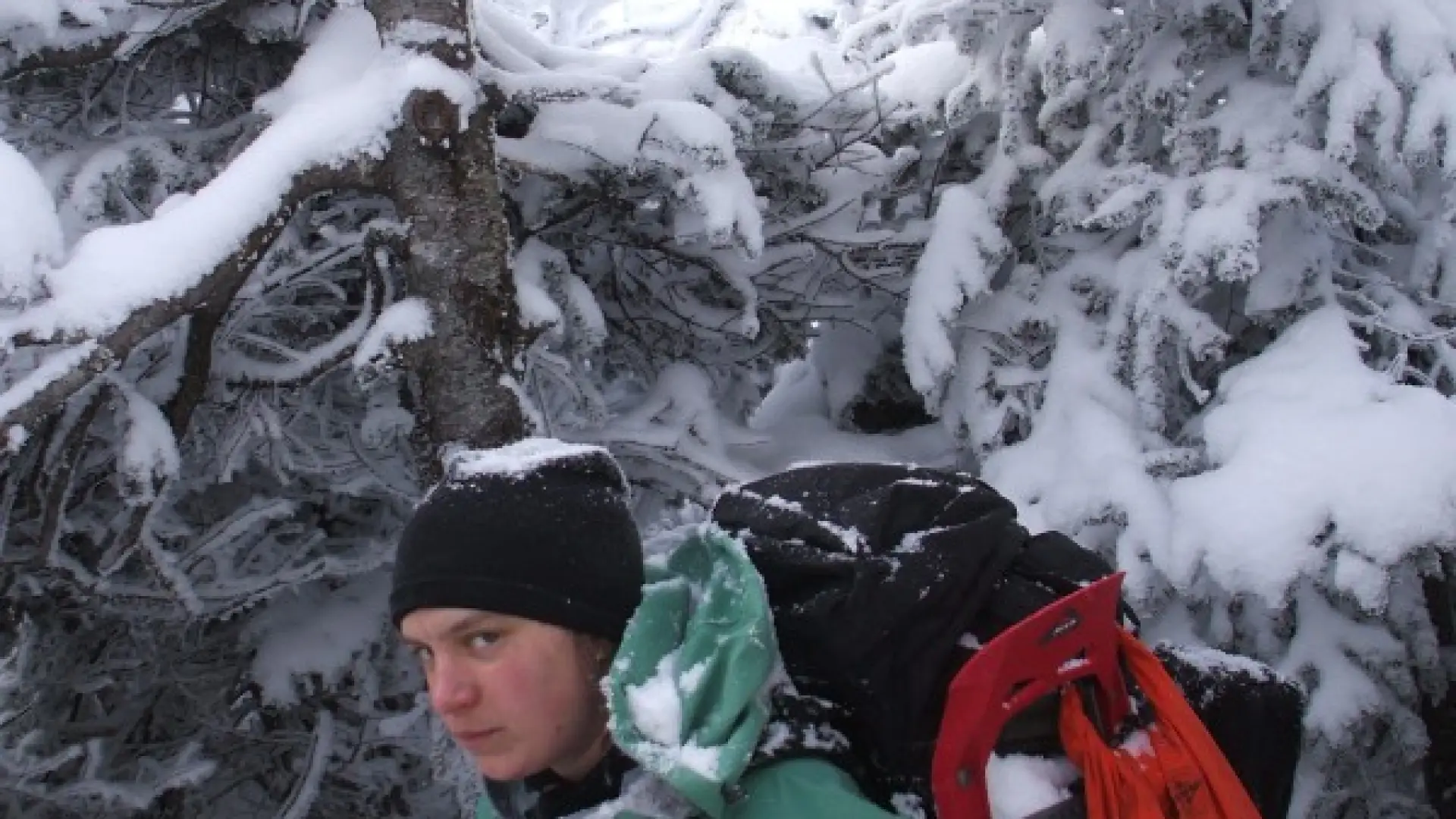
Gear for Day Hiking in the High Peaks
I am going to Lake Placid, what should I have for day hiking in the High Peaks?
This question is much more in depth than one might think. You have another question you need to ask to lead up to this question. Where do I plan to hike? This matters only is mainly in the concept of how much food and water should I bring, all other gear I list should be on every hike. Some are “just in case” gear, while others are essential.
I have spent countless hours and miles in the High Peaks and frequently revisit as a guide to the Region. The possible situations I see with hikers are nearly just as countless. I am amazed that more incidences don’t happen in the back-country than already do, and there are already many. I see hikers in flip-flops, others on an 8-mile hike on an 80 degree day with only an 8 ounce bottle of water in their hand, others without backpacks, and some wearing cotton jeans in a rain storm. I have seen woman pushing baby carriages into Marcy Dam, and others in heels. I have even seen a man in shorts and Nike running shoes at 4000 feet in elevation in April, because it was 60 degrees in the valley. His legs bled from the icy crust of the remaining 2 feet of snow tearing them to sheds, and against my advice he pushed on to the summit of Sawteeth, yet over a mile away.
Up to this day I get odd looks from people who ponder at the size of my day pack, call me a bit over cautious, which I may be. I don’t expect everyone to carry a pack such as mine, or even remotely close, but there are a few items you should consider carrying. I am not saying that if you carry these items, nothing will happen, things happen, but key gear can help remove some of potential and in some cases aid you if something does. For a complete checklist of hiking gear visited out page to print one out.
My feet!

First off you should look at your feet; you need to have on wool or synthetic socks. Cotton absorbs moisture and over time this moisture can cause friction and then blisters. Then you should have properly fitted and broken in boots. These boots don’t necessarily need to be huge bulky backpacking boots. They should be comfortable and the proper size. You can opt for trail running shoes, which is close to that of a sneaker. Your shoes should be broken in before you set off on any long extended outing. They don’t need to be waterproof, which is an option for you to decide on.
What about cotton?
This is a very touchy subject amongst the hiking world and there is proof that cotton can kill. This is truer in the colder months and especially winter, but the same can be true during the right conditions during any month of the year. While in summer this is much less of a threat, and actually works well in keeping the body cool, it can still be a danger. If you see threats of a rain storm or a cooling pattern during you day of hiking I recommend leaving the cotton clothing at home and going with a merino wool or synthetic or polyester clothing line.
So what’s in my pack?
This is a bit more in depth but let’s first start with the pack. Your pack should be the sized correctly or at least comfortable to use. The shorter the hike the less important a perfect fit becomes, but would yet still be appreciated.
- Rain jacket; this can also be used as a wind barrier while on the bald summits or while taking breaks to stay warm.
- Headlamp; I recommend this over a flashlight. Headlamps are hands free and you may need your hands to descend a peak. This is also an emergency gear item to help for location or if an unexpected night in the woods is required. Also have extra batteries and a backup headlamp is not a bad idea either.


Not that this is an end all to be all for hiking in the High Peaks Region but I would like to think that everyone has some combination of the above when they go on a day trip. Even with all the gear in the world, if no one knows where you are and something goes wrong, it might not help you. So, leave a note at home, with someone you trust, or even the receptionist at the hotel, to let them know where you are and check back in with them later. Remember to have fun and be safe and enjoy the wonderful High Peaks Region so many of us call home. More questions about gear, contact me right here, check out a local gear shop or set up an introductory course with a local guide service.
